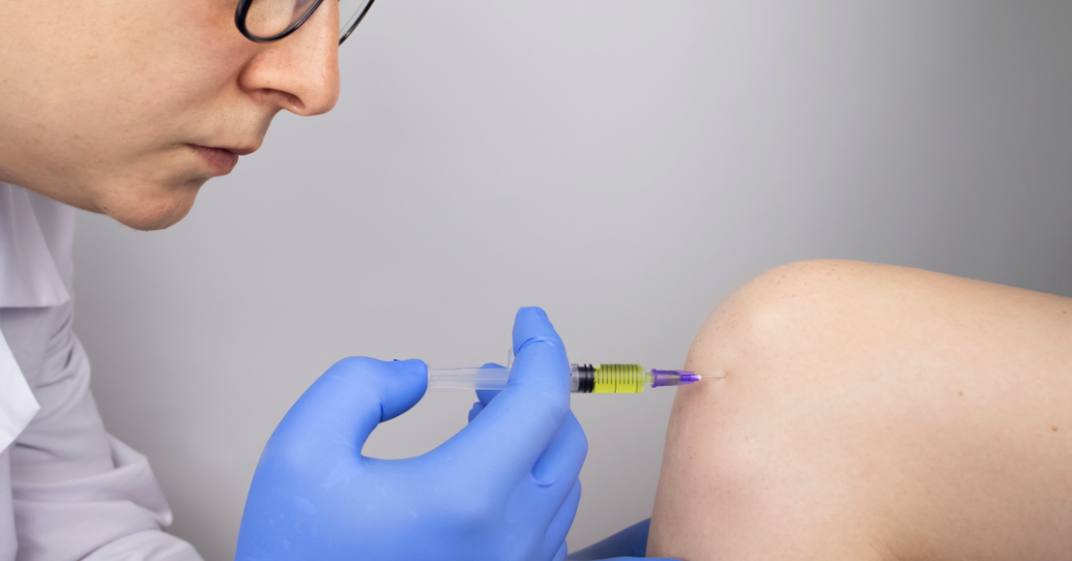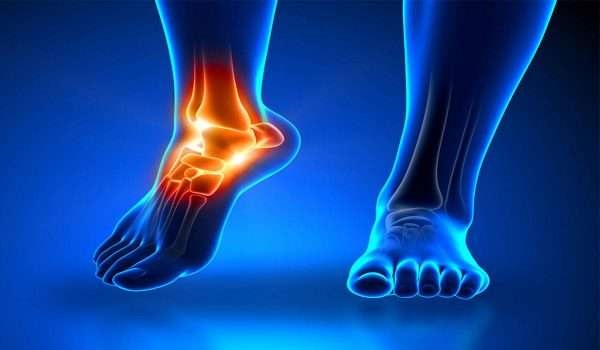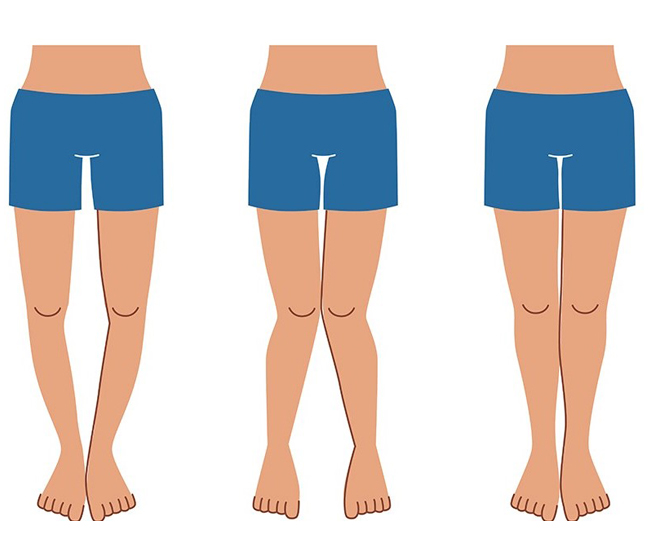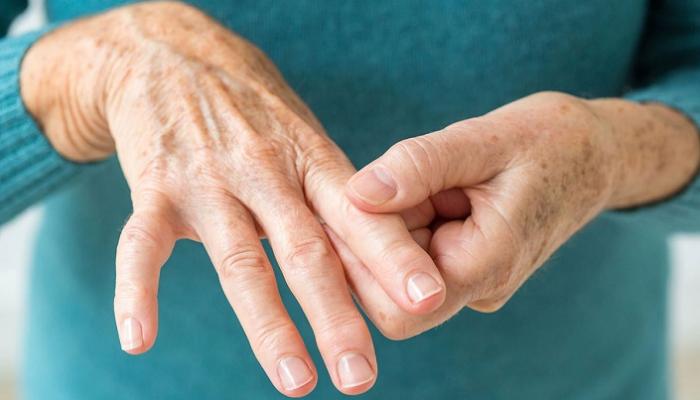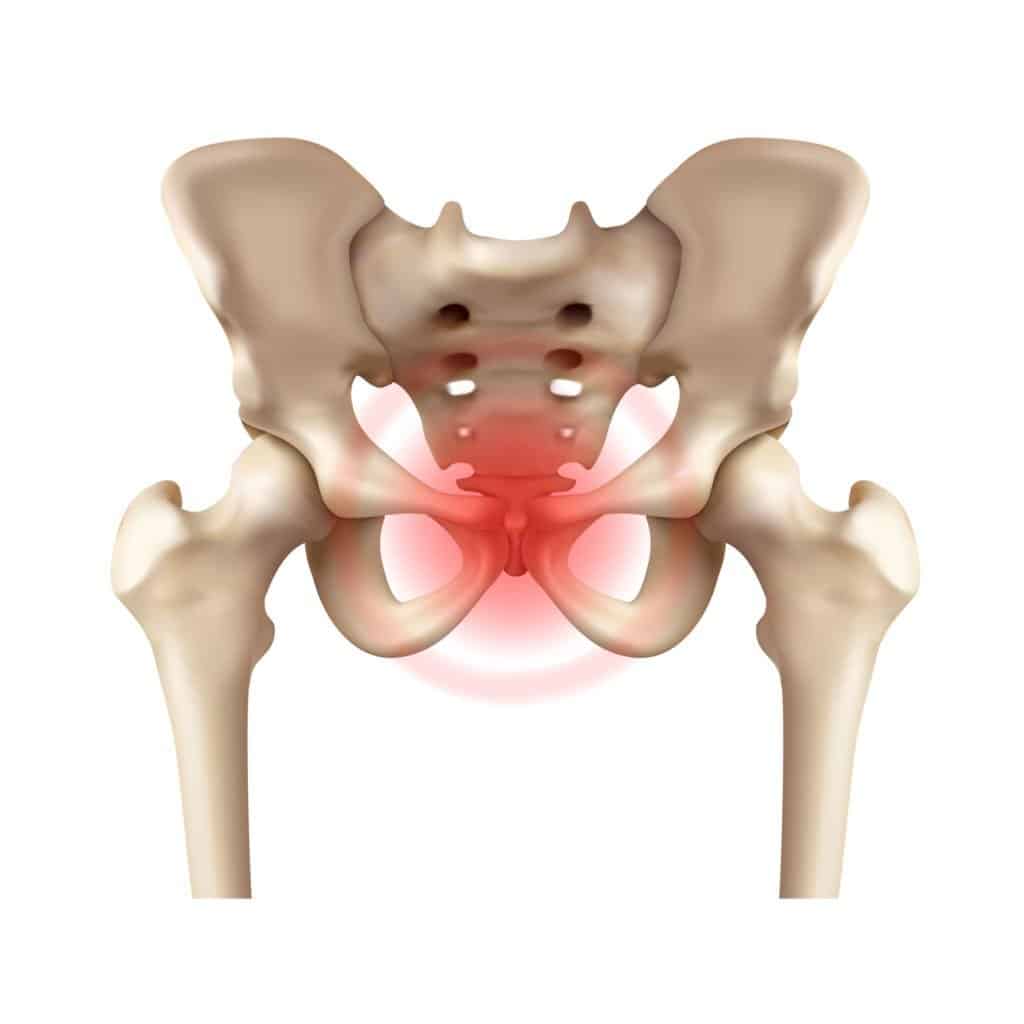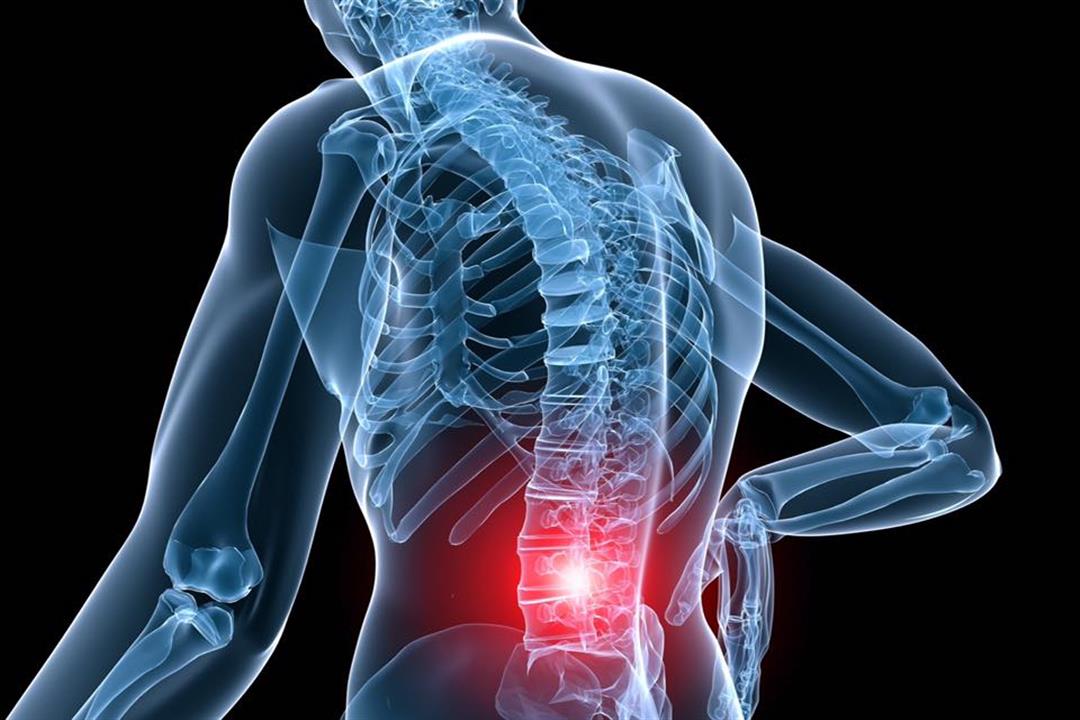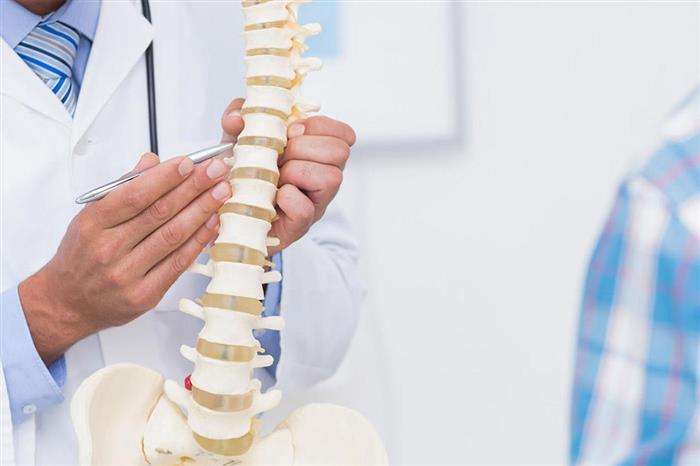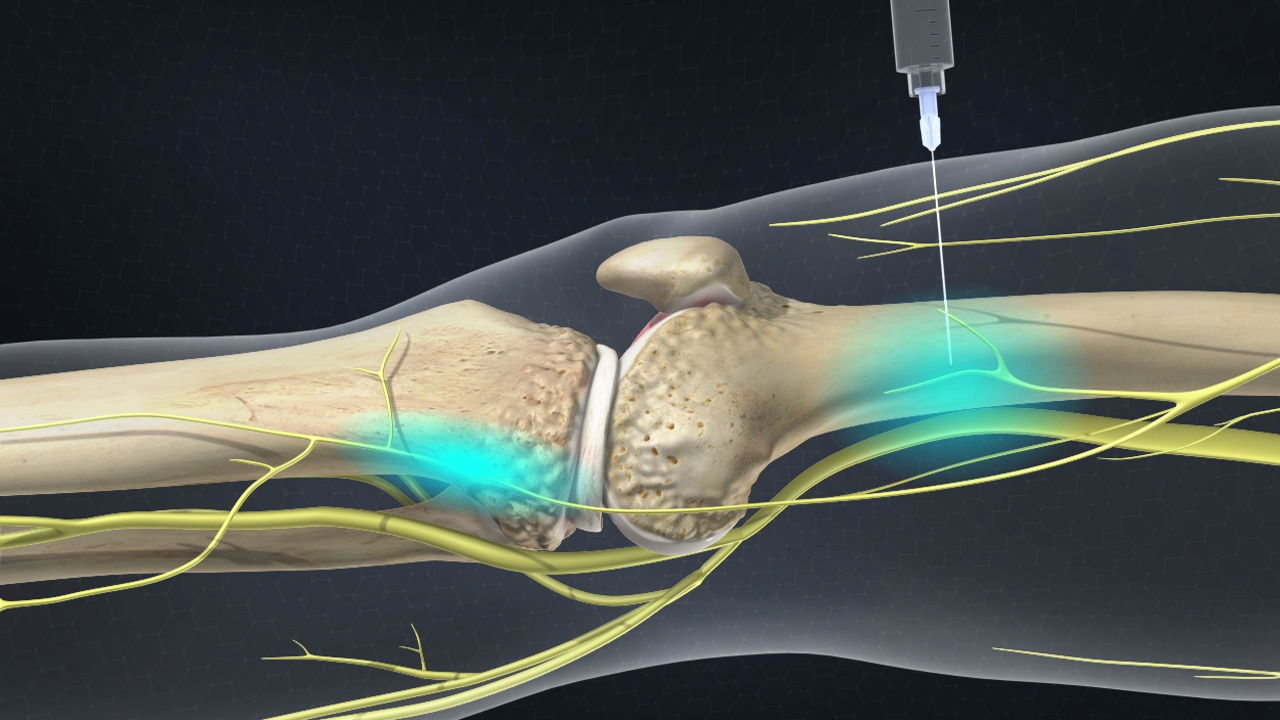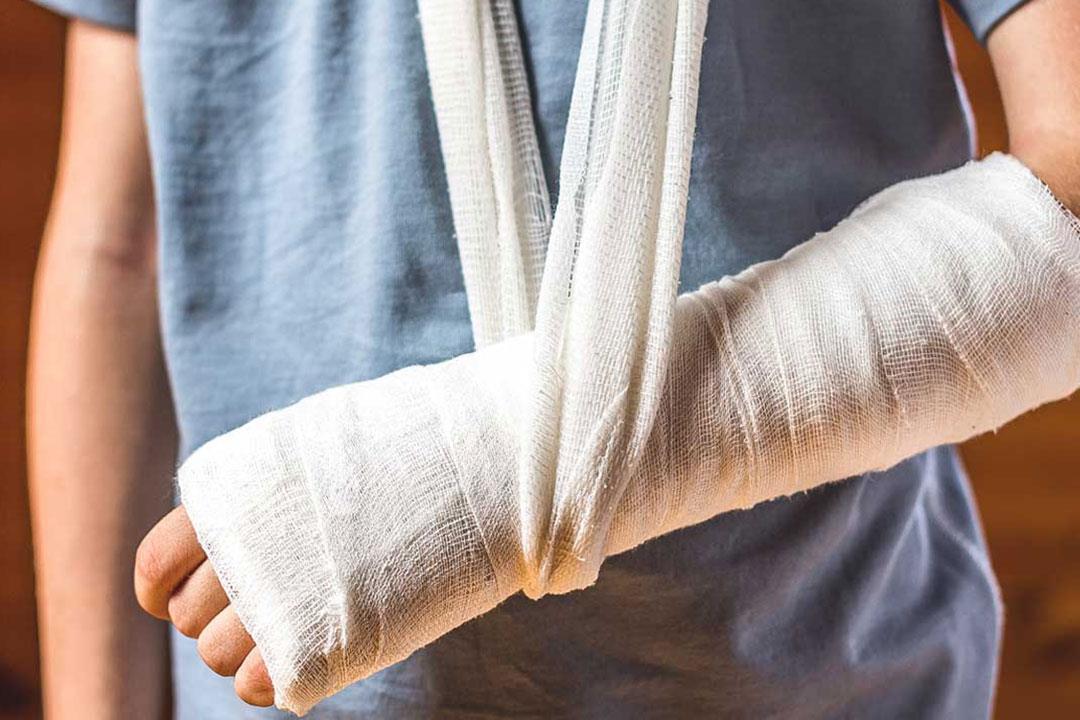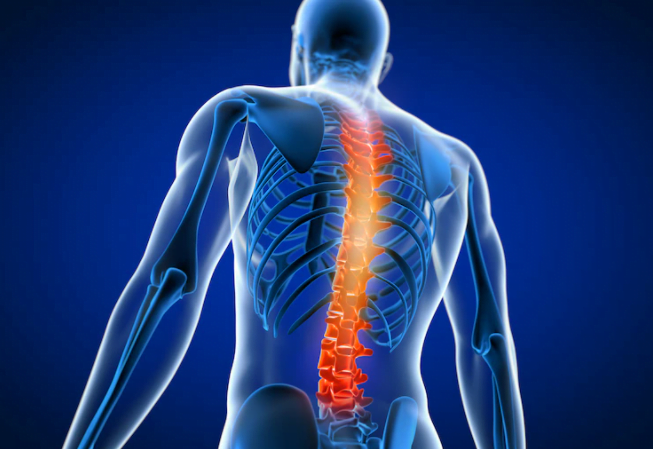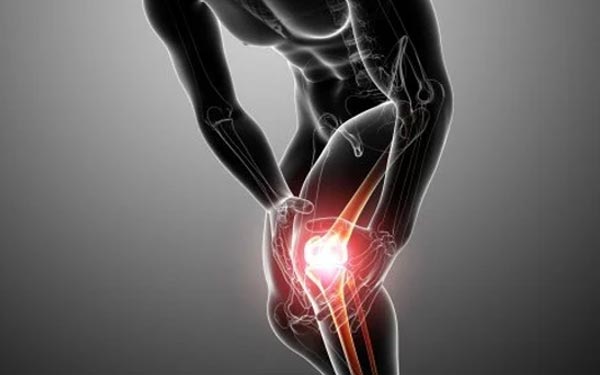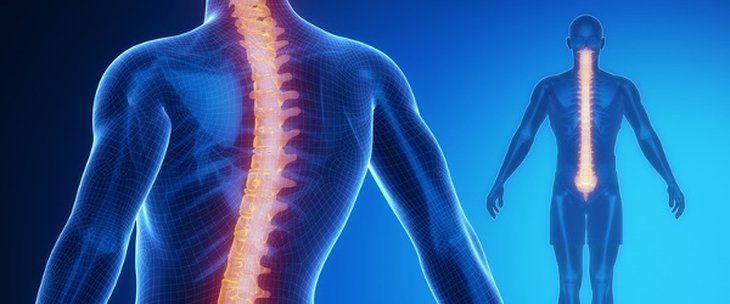? What is the price of a bone nail? And how is the intramedullary nail procedure performed
Price of Bone Nail, in this article we will provide an overview of the price of bone nails, including the expected cost of common surgical procedures and alternative options available, and we will also shed light on the factors that may affect the cost of treatment, and provide tips on how to deal with costs and search for different financing options.

Bone Nail Price
The price of bone nails varies greatly, due to several different factors, including the type and material of the nail used, the complexity and location of the fracture, and the costs of the equipment and other supplies associated with the surgical procedure.
Bone nails used in orthopedic surgery are usually made of high-quality metal alloys, to ensure strength and stability of the broken bone, and these alloys are generally considered part of the body and are not usually rejected by the body.
Regarding the cost, the bone nail is considered a surgical procedure, the cost of which varies from case to case and is generally affected by several factors, such as the location of the procedure, the reputation and experience of the surgeon, and the number of follow-up visits associated with the procedure.
The cost of additional supplies and tools used in the procedure, and the appropriate price for the bone nail should be determined by the treating physician based on a comprehensive assessment of the patient’s condition and individual needs, and the physician should explain the cost of the procedure and the tools used to the patient.
Get ready to overcome fractures with confidence with bone nail treatment from Dr. Amr Amal.
What is Intramedullary Nail Surgery?
Intramedullary nail surgery is a surgical procedure in which the surgeon inserts a nail into the broken bone to stabilize it and facilitate the healing process. Intramedullary nails are one of the common means used to treat severe fractures in the limbs, as they provide long-term stability and fixation.
It is considered an ideal treatment for injuries that require surgical intervention to stabilize the fracture, and Dr. Amr Amal provides important medical services in the field of orthopedic surgery, including intramedullary nail surgery, and Dr. Amr Amal is an expert in this field and uses modern and advanced techniques to perform this surgical procedure.
It is important to note that an intramedullary nail surgery cannot be performed for all fractures, and the surgeon carefully determines whether this procedure is appropriate for the patient’s condition, based on different factors such as the location and type of the fracture, the patient’s age and general condition.
Intramedullary nail surgery also requires good preparation before the surgery and detailed planning of the procedure, and it is performed under general anesthesia, and usually requires a small incision in the bone to insert the intramedullary nail, and the location of the fracture is identified, cleaned and stabilized using the intramedullary nail.
Get comprehensive care and specialized treatment for fractures with Dr. Amr Amal and prepare for recovery.

What does an Intramedullary Nail mean in the human body?
An intramedullary nail is a medical device used to stabilize fractured bones in the human body, where the nail is placed in the medullary canal located in the center of the long bones, and the surgical implantation of the intramedullary nail is done by inserting it into the broken bone.
In order to stabilize it and facilitate the healing process, as the intramedullary nail is stronger mechanically than the plates and allows early movement after the surgery, which enhances the healing of the fracture and the recovery of the bones. Intramedullary nails are commonly used to treat bone fractures.
The medullary canal or medullary cavity is the central axial cavity within the cylindrical bone body, and it is considered a pathway for the spinal cord and its contents, such as blood vessels, nerves and inactive bone tissue.
External fixation is sometimes used to temporarily stabilize the bones, using metal pins and external rods, and this type of external fixation is applied to ensure that the bones remain in their proper position until they heal and the fractures heal.
Enjoy modern techniques and high expertise in fracture treatment with the help of Dr. Amr Amal.
How is Intramedullary Nail Surgery Performed?
Intramedullary nail fixation is performed by inserting the rods into the medullary canal in the center of the long bones such as the femur and leg bones, and the intramedullary nail acts as a strong support, as it passes the rods around the fractured bones to stabilize them and prevent unwanted movement, and intramedullary nail surgery has several advantages, including:
- Strong Fixation: The intramedullary nail is an effective means of fracture fixation, as it helps ensure the stability of the fractured bones and stimulate rapid healing.
- Ease of Procedure: Intramedullary nail insertion is a simple procedure that can be performed quickly and effectively by a specialized surgeon.
- Rapid Recovery: Thanks to the stability provided by the intramedullary nail, patients can recover from the injury quickly and return to their daily activities faster.
Consult Dr. Amr Amal for accurate diagnosis and effective treatment with bone nails.
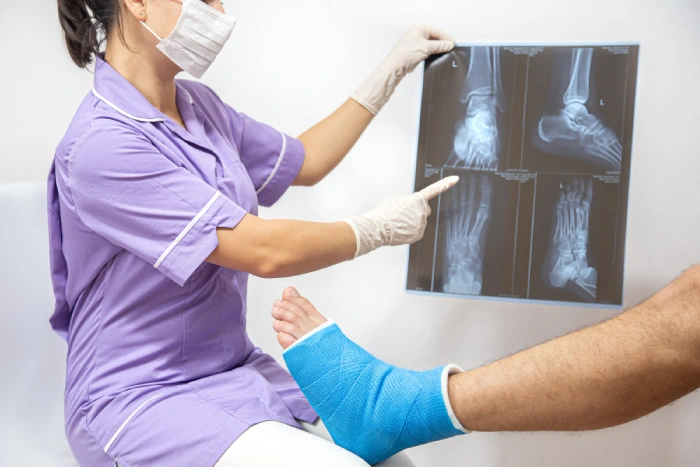
Is it Necessary to Remove the Intramedullary Nail?
Removing intramedullary nails after the bone fracture has healed is generally not necessary in most cases, and there are many people who live normally and carry out their routine lives after the nail has been inserted, and do not experience any problems that would require its removal.
The difficulty of removing the intramedullary nail depends on the personal condition of the patient, if the condition of the nail and the fracture is sound and there are no complications, the procedure is usually simple and easy, and is often performed under local anesthesia, where the incision is opened and the nail is safely removed.
In the case of children and athletes, they may need to have the nails removed for certain reasons, such as the growth stage for children or the continuation of sports activities for athletes, however, the implanted intramedullary nail is designed to remain in the body permanently.
It is important to note that in many cases, the patient does not require removal of the intramedullary nail unless there are any problems or damage, and upon complete healing of the fracture, the intramedullary nail can remain in its position without any negative symptoms.
Consult Dr. Amr Amal for accurate diagnosis and effective treatment with bone nails.
Disadvantages of Intramedullary Nail
The intramedullary nail is a medical device used to stabilize and treat long bone fractures in the body, and although it is effective in restoring bone function, there are some drawbacks that should be taken into account, and in this article, we will provide you with a brief list of the disadvantages of the intramedullary nail:
- Difficulty of Removal: Removing the intramedullary nail may be difficult after the restoration of bone function, and doctors may resort to performing a secondary surgery to remove the nail after complete healing, and the surgery can be complex and require a long recovery period.
- Restrictions on Movement and Activity: The fixation of the intramedullary nail may be accompanied by some restrictions on movement and daily activities, and simple tasks such as walking or lifting heavy weights may be difficult after the installation of the nail, so the patient must be aware of the potential restrictions after surgery.
- Reaction to Metal Materials: There may be a reaction between the patient’s body and the metal materials used in the intramedullary nail, and in case of a reaction, recurrent allergies or infections may occur.
- Incompatible Nail: Consideration should be given to examining and selecting the appropriate intramedullary nail for the body and the type of fracture, as an unsuitable or incompatible nail with the fractured bone may lead to failure of bone healing or delay in the healing process.
Enjoy confidence in movement and activity after bone nail treatment from Dr. Amr Amal.
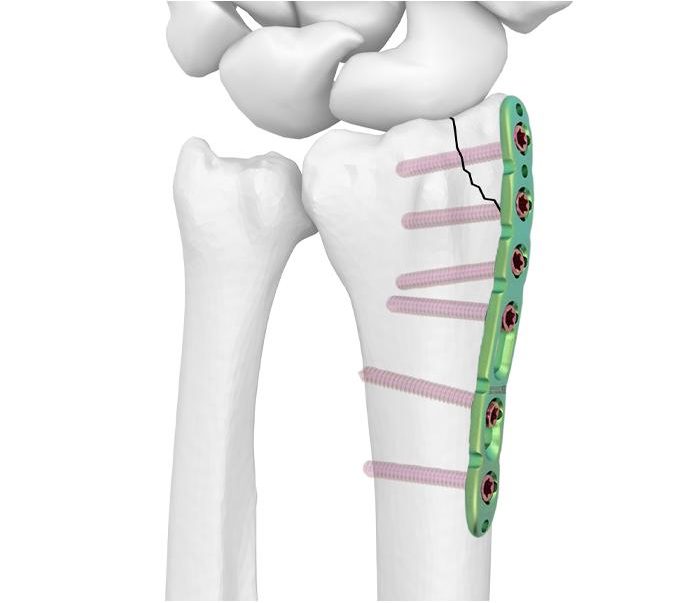
When is Walking Allowed After Intramedullary Nail Insertion in the Leg?
The healing time varies depending on the severity of the fracture and may reach several months in cases of major fractures, and when starting light exercises after intramedullary nail insertion, several protective factors must be taken into account to ensure successful healing, and it is preferable to do so under the supervision of the treating physician or physical therapy, and here are some important guidelines and advice for the recovery phase after intramedullary nail insertion:
- Rest: Sufficient rest for the injured leg should be maintained in the initial stage after surgery, and the use of a walker or crutches is preferred to assist in movement.
- Gradual Loading: Loading the injured leg is allowed a few days after surgery in cases of simple and non-comminuted fractures, and the doctor advises a gradual loading phase for the injured leg according to the progress of healing.
- Light Exercises: Light exercises should be started after intramedullary nail insertion under the supervision of a doctor or physical therapy, and these exercises include strengthening the muscles around the leg and improving flexibility and stability.
- Safety and Security: Strenuous sports activities, uneven ground, and lifting heavy objects should be avoided in the initial period after installation, and the use of appropriate shoes and protection of the injured leg from shocks and injuries is also recommended.
- Doctor’s Advice: The patient must adhere to the instructions of the treating physician regarding wound care, taking prescribed medications, and attending physical therapy sessions if any.
Enjoy an active and healthy life after successful fracture treatment with bone nails with Dr. Amr Amal.
Complications of Intramedullary Nail Surgery
Intramedullary nail surgery is one of the common treatments for bone fractures that people may encounter, and although this surgery is largely safe, it may cause some rare complications in some cases, and in this text, we will review five complications that may occur after intramedullary nail surgery.
- Infection: The wound may become infected after the surgery, and the patient may experience persistent pain in the affected area, and see swelling, redness, and abnormal drainage in the wound, and in case of any of these symptoms, the doctor should be contacted immediately to diagnose and treat the infection.
- Osteomyelitis: Bone infections are considered a rare complication, but they may occur in some cases, and the patient may feel persistent pain in the area under the intramedullary nail, and redness and swelling may appear in the affected area, and if there are any signs of osteomyelitis, the patient should consult a doctor to diagnose the condition and provide appropriate treatment.
- Nerve and Vascular Injuries: Nerve or vascular injuries may occur during the process of inserting the intramedullary nail, and these injuries may cause numbness or tingling in the areas surrounding the wound, and if the patient notices any change in sensation or movement in the affected area, they should immediately seek medical assistance.
- Vascular Thrombosis: Blood clots may occur in the veins after intramedullary nail surgery, and the patient may suffer from pain, swelling, and redness in the leg or thigh due to blood accumulation in the veins and clot formation, and the patient should seek medical attention if they experience any of these symptoms so that the blood clot can be diagnosed and treated.
- Slow or Nonunion of Bones: In some cases, improper union or healing of the bones may occur after intramedullary nail surgery, and this may lead to delayed healing of the fracture or instability of the fractured bone, and if the patient feels that the fracture is not improving properly or that the affected area is not healing completely, they should consult the doctor to evaluate the condition and determine the appropriate treatment steps.
Prepare for rapid and safe healing with fracture treatment using bone nails under the supervision of Dr. Amr Amal.

Success Rate of Intramedullary Nail Surgery in Egypt
Intramedullary nail surgery in Egypt is known for its high success rate and excellent sustainability, and this procedure is considered one of the effective surgical procedures that have a significant impact on lengthening short limbs, and this surgery treats problems of short limbs after accidents or other medical causes experienced by patients.
The intramedullary nail surgery is used to extend the bone and increase the length of the affected limbs, and the importance of this procedure lies in improving the quality of life of patients and reducing the complications that may result from disproportionate limb length.
Intramedullary nail surgery in Egypt enjoys a good reputation among patients and doctors, with a success rate of over 90%, and patients can expect high positive results and restore mobility functions and significantly increase limb length.
Intramedullary nail surgery in Egypt is considered extremely safe, as it is performed by a professional and specialized team in limb lengthening surgery, where high-quality techniques and materials are used to improve patient recovery and reduce potential complications.
Consult Dr. Amr Amal for specialized and effective solutions for fracture treatment with bone nails.
Pain After Intramedullary Nail Procedure
After undergoing an intramedullary nail procedure, some patients may experience continuous or intermittent pain in the fracture area or around the nail. The severity of this pain can vary from mild to severe, and it may worsen when sitting or standing, while decreasing or disappearing completely when the patient lies down.
Persistent pain or increased pain after complete recovery from the procedure may indicate inflammation or weakness in the bone. These pains may be accompanied by other symptoms such as redness or swelling in the affected area.
If any of these symptoms occur, it is necessary to consult the treating doctor for necessary tests and examinations to accurately assess the condition and diagnose the possible cause of the pain.
Patients are advised to follow the instructions of the treating doctor and take prescribed medications to relieve pain. The doctor may also prescribe antibiotics if there is a possibility of inflammation in the affected area. It is important to carefully follow all medical instructions to achieve the best results and reduce potential complications.
After the procedure, regular follow-up is recommended to monitor the patient’s condition, ensuring proper healing of the fracture, and continuously evaluating for any new symptoms. In case of suspected bone inflammation or presence of abnormal symptoms, the doctor may request additional tests such as laboratory tests or X-rays.
Receive personalized care and attention to your health with Dr. Amr Amal in the treatment of fractures with bone nails.
 Pain After Intramedullary Nail Procedure
Pain After Intramedullary Nail Procedure
Success Rate of Intramedullary Nail Procedure in Egypt
The intramedullary nail procedure is known in Egypt for its high success rate and excellent sustainability. This procedure is considered one of the effective surgical procedures that have a significant impact on lengthening short limbs and addressing issues of limb shortening after accidents or due to other medical reasons.
The intramedullary nail procedure is used to lengthen bones and increase the length of affected limbs. The importance of this procedure lies in improving the quality of life for patients and reducing complications that may arise from disproportionate limb lengths.
The intramedullary nail procedure in Egypt has a good reputation among patients and doctors, with a success rate exceeding 90%. Patients can expect highly positive outcomes, regain movement functions, and significantly increase limb length.
The intramedullary nail procedure in Egypt is extremely safe, executed by a professional and specialized medical team in lengthening surgery. High-quality techniques and materials are used to enhance patient recovery and minimize potential complications.
Consult with Dr. Amr Amal for specialized and effective solutions for treating fractures with bone nails.
Best Orthopedic Doctor in Egypt
Dr. Amr Amal is one of the top specialists in orthopedic surgery in Egypt. Dr. Amr has a good reputation as an expert in orthopedic and joint surgery, providing high-quality services to patients. Dr. Amr Amal is considered an orthopedic consultant in his clinics.
Dr. Amr Amal utilizes modern and effective techniques in orthopedic and joint surgery, staying updated with advancements in the medical field. Dr. Amr is dedicated to providing suitable treatment for each case, based on a precise evaluation of the patient’s condition and needs.
Dr. Amr Amal has worked as an assistant professor at Ain Shams University Hospitals for many years before assuming the position of professor of orthopedic and joint surgery and endoscopy at Ain Shams University. He possesses extensive knowledge and experience in the field of orthopedic and joint surgery.
Dr. Amr Amal’s clinic adheres to high standards of quality and service. Dr. Amr ensures patient assessment and satisfaction with his services. Additionally, Dr. Amr collaborates with several health insurance companies to provide necessary services to patients.

